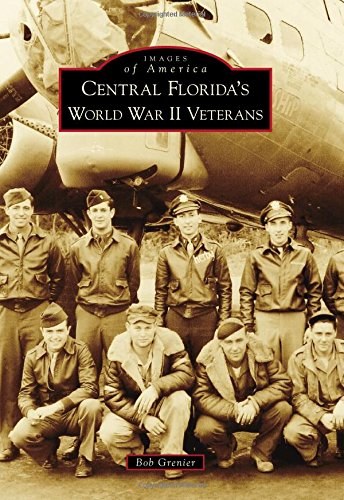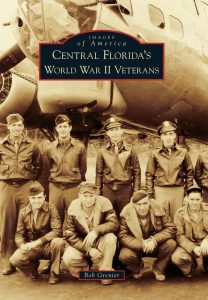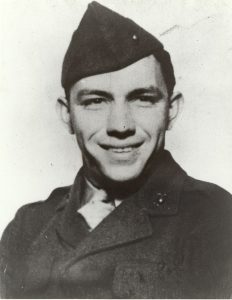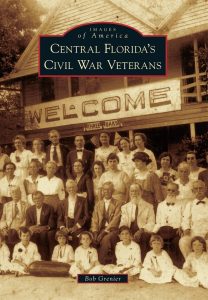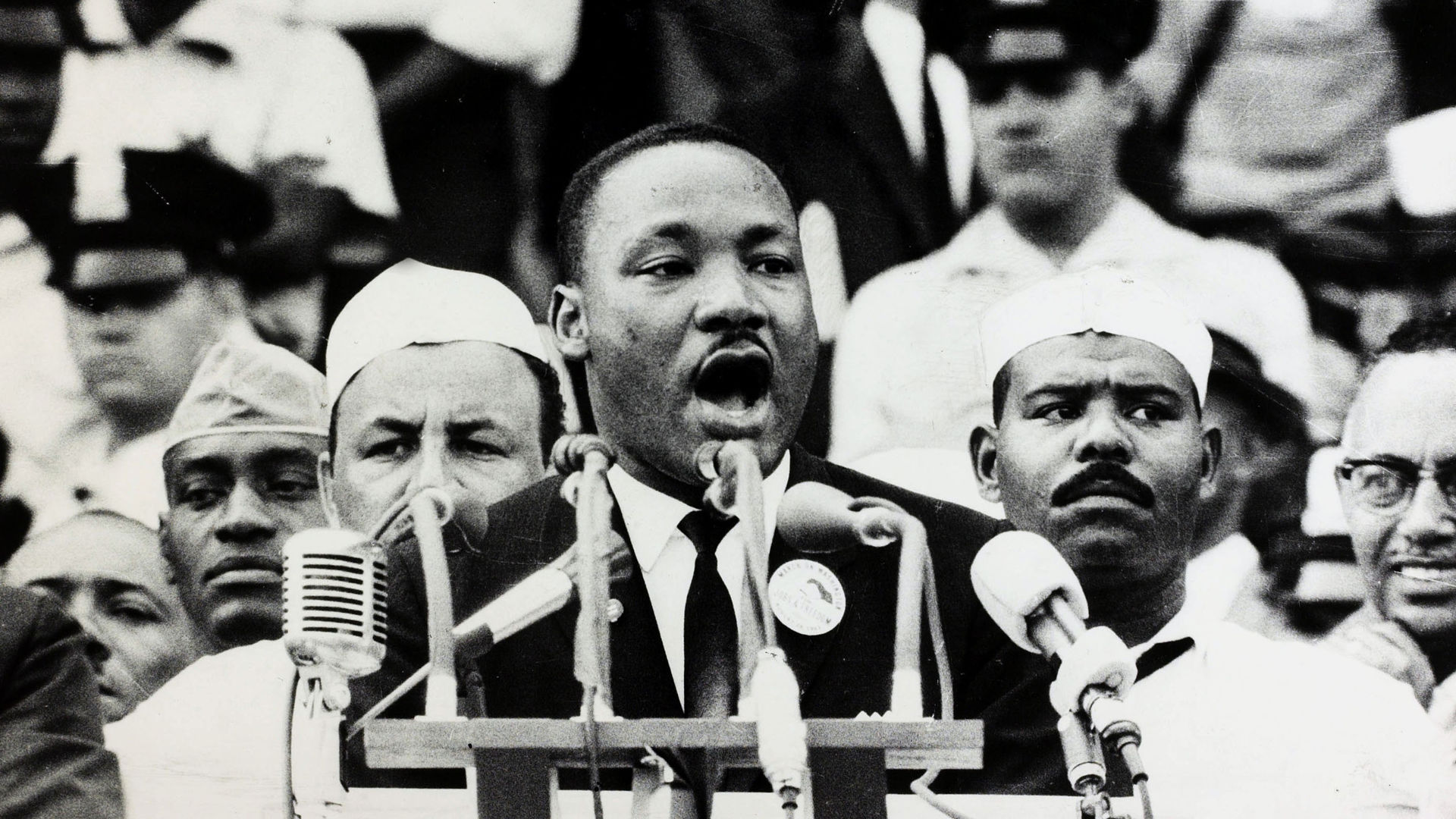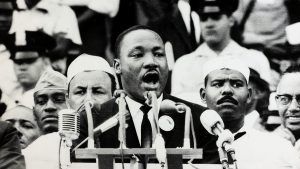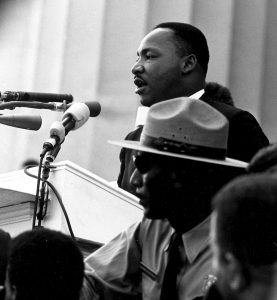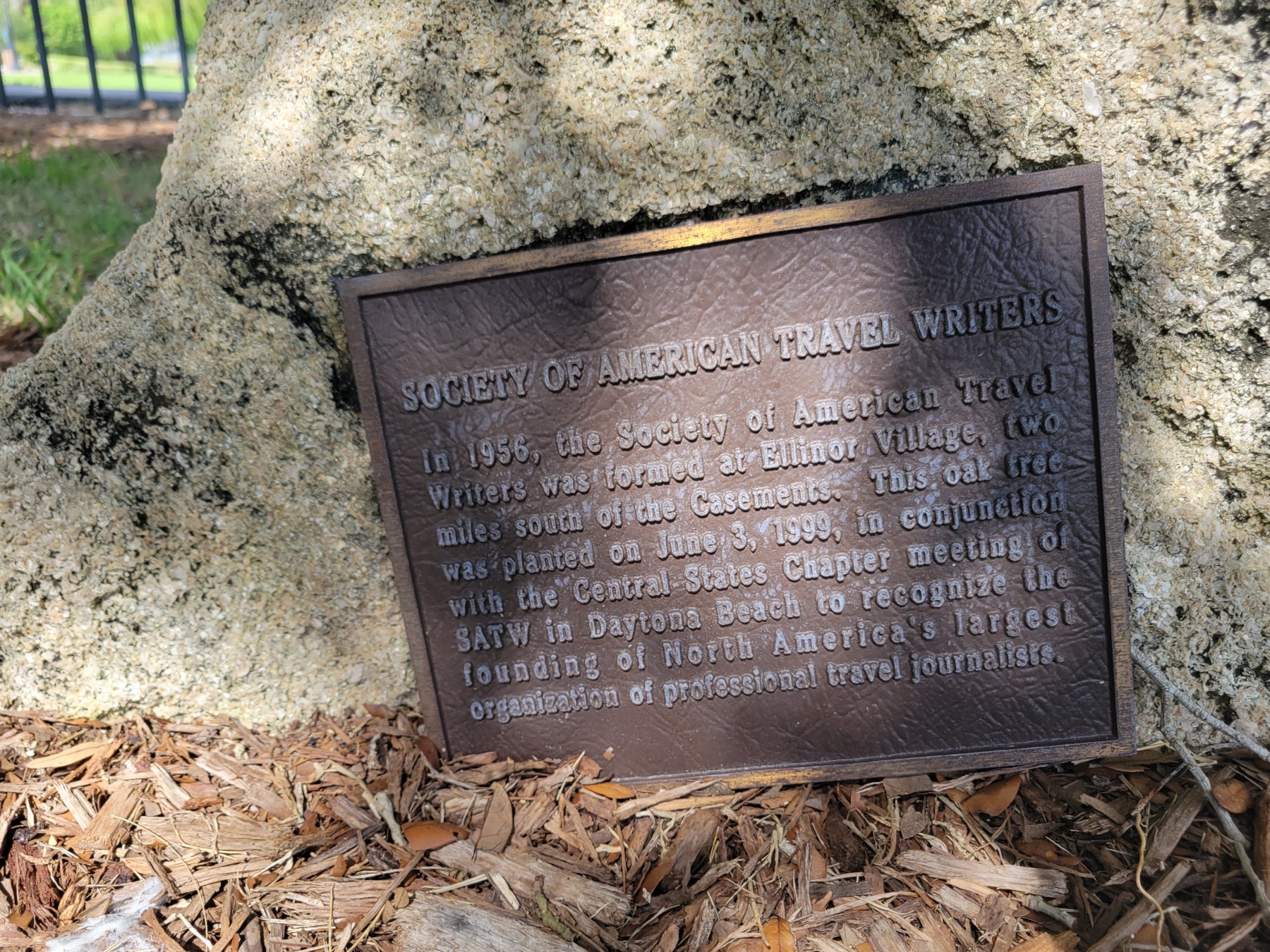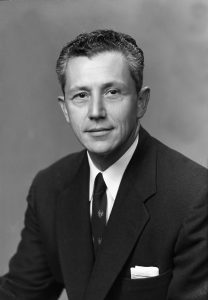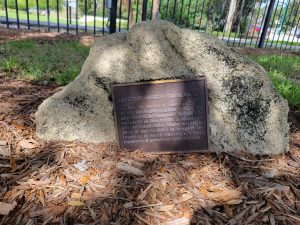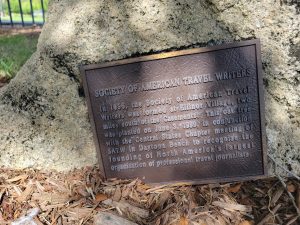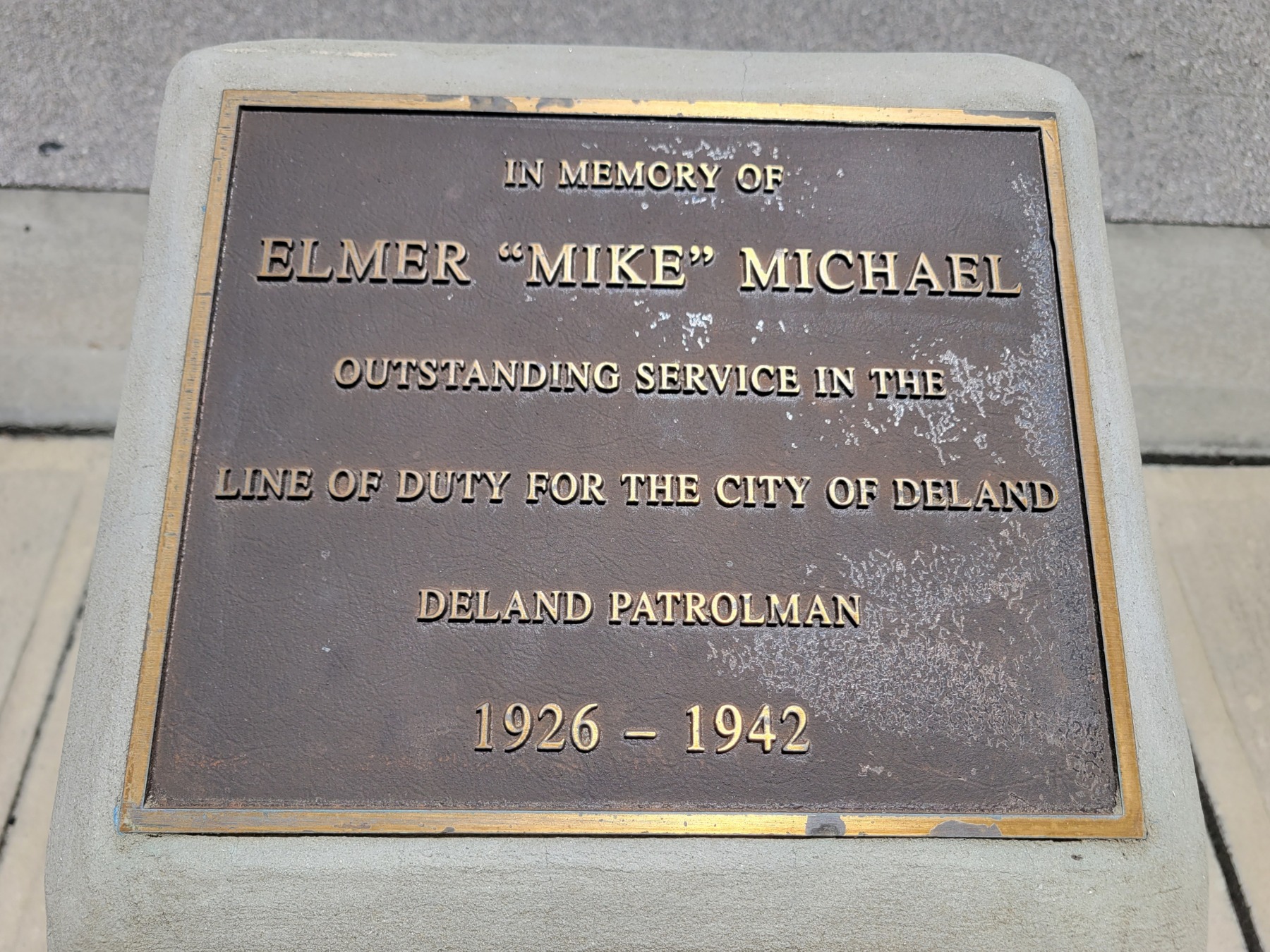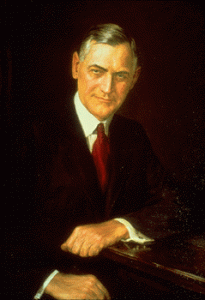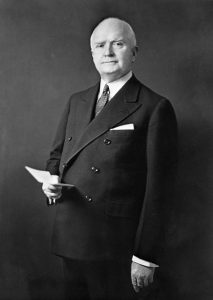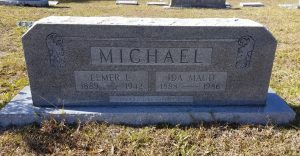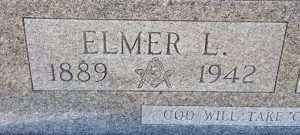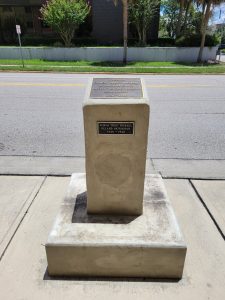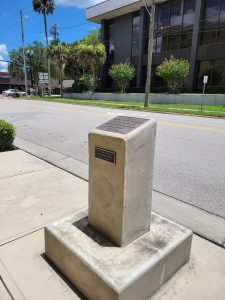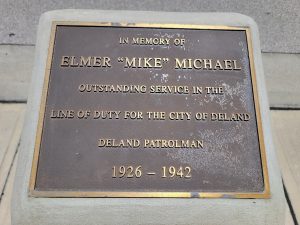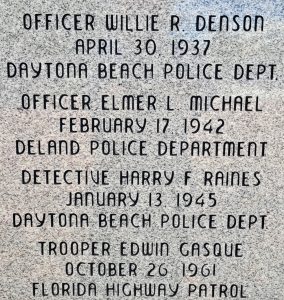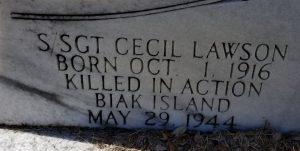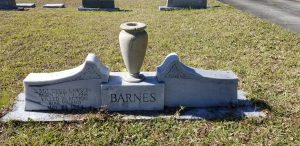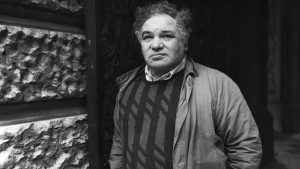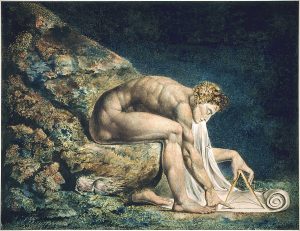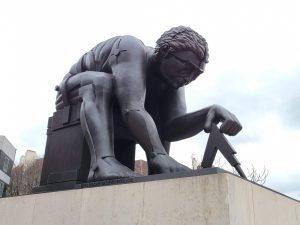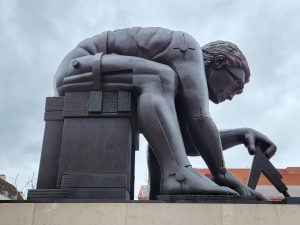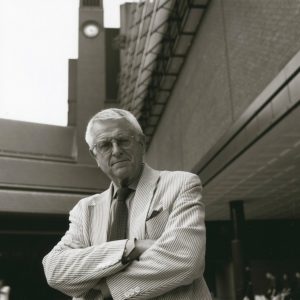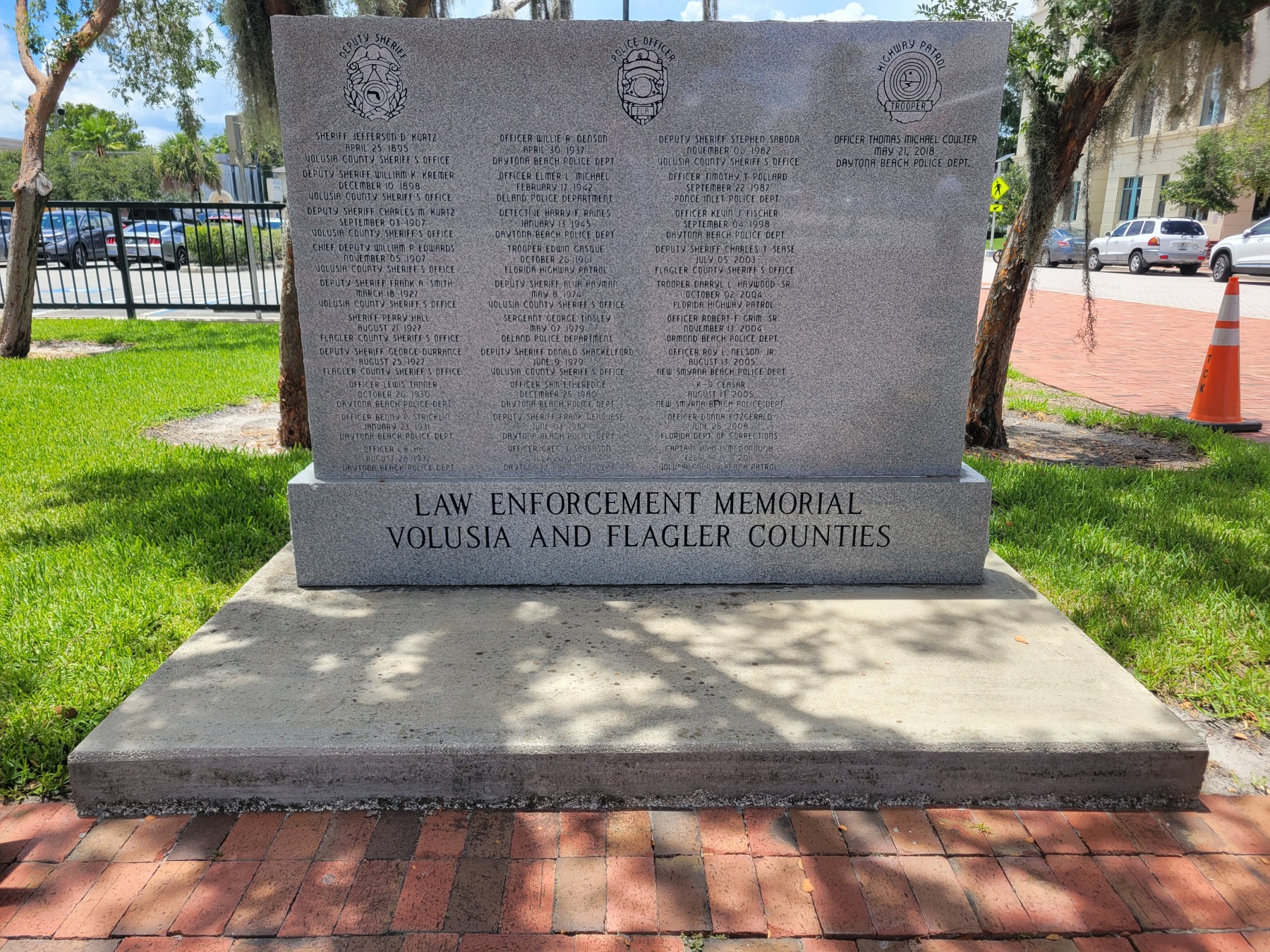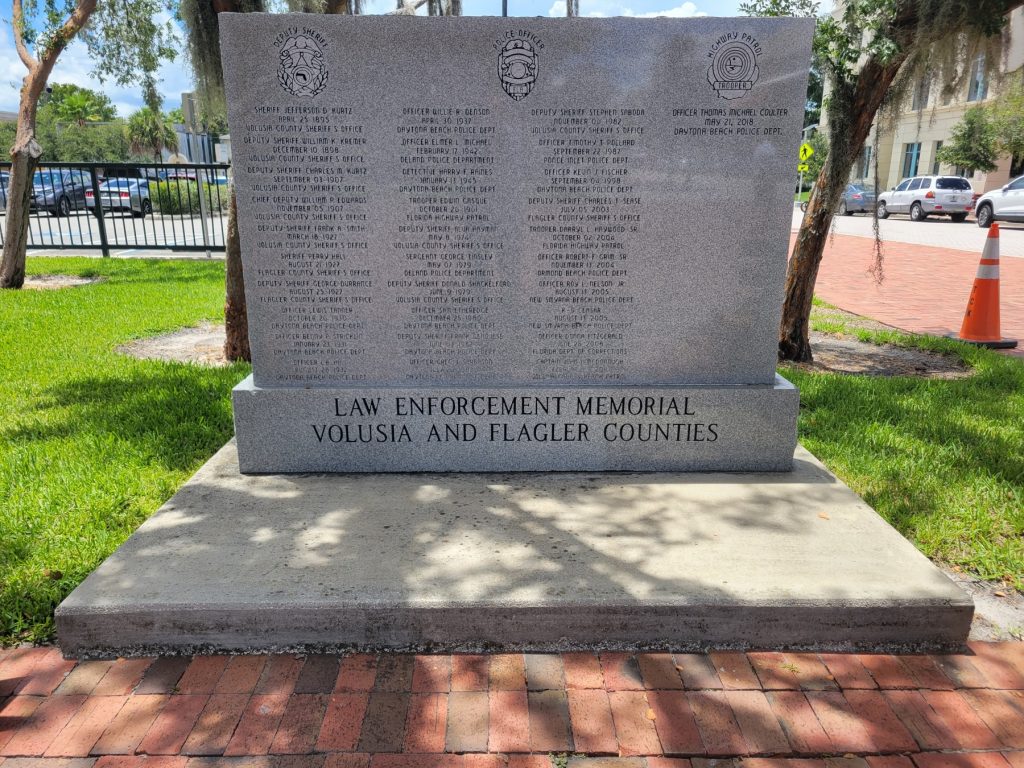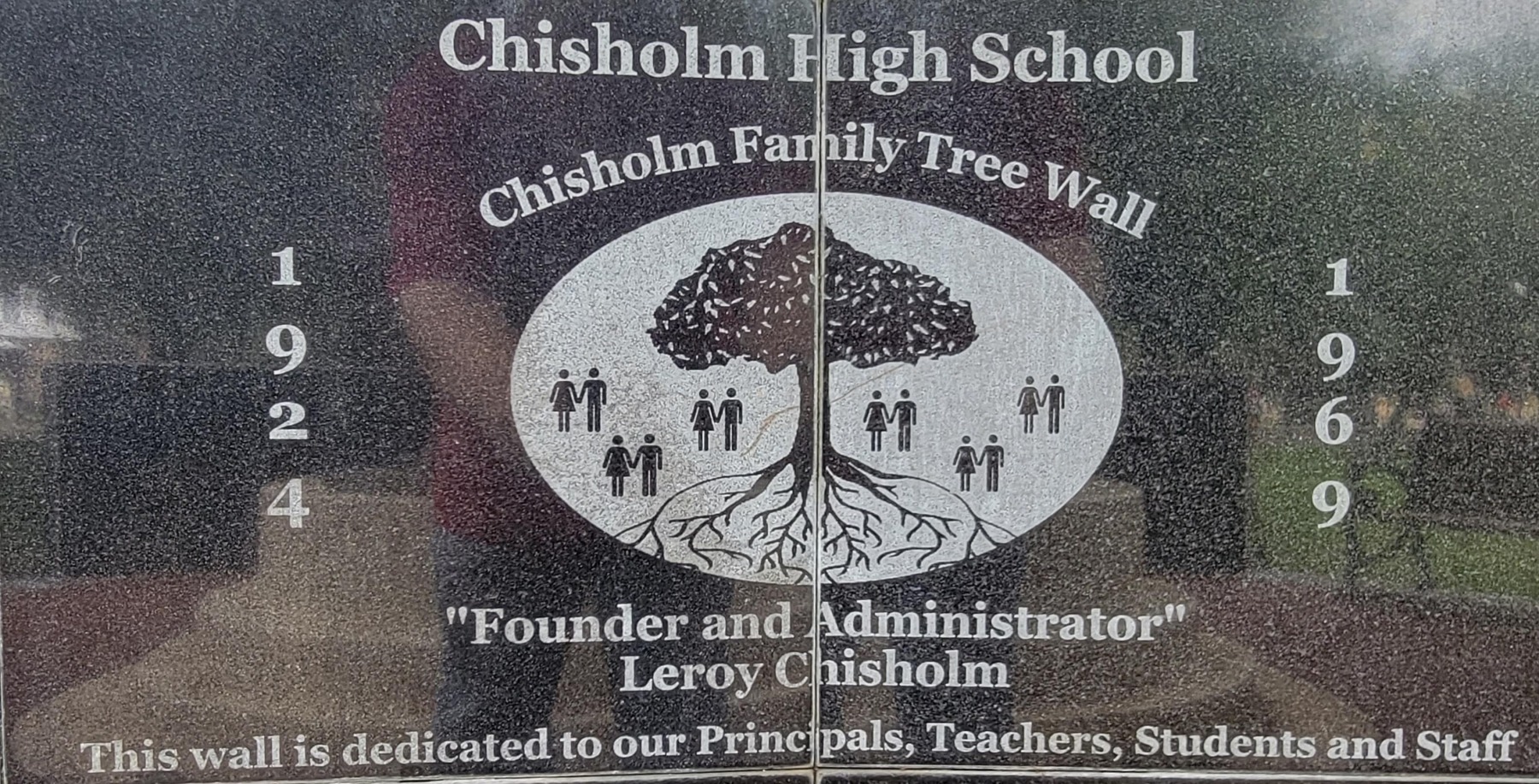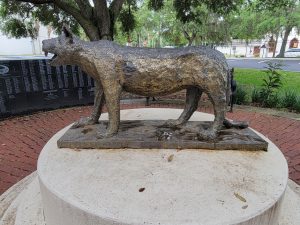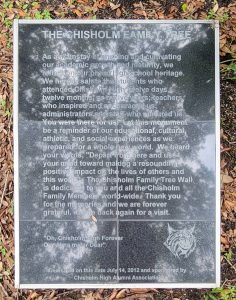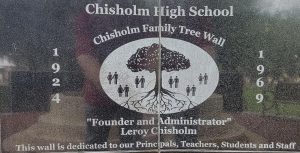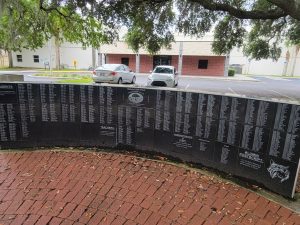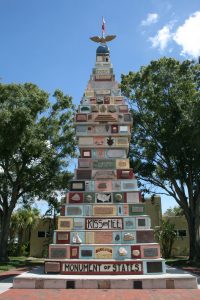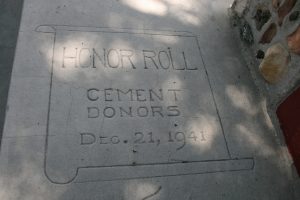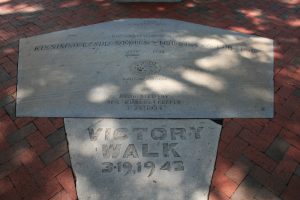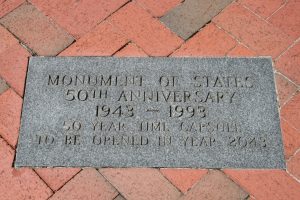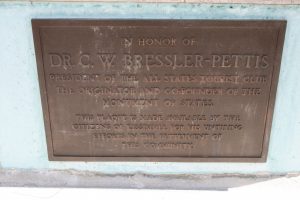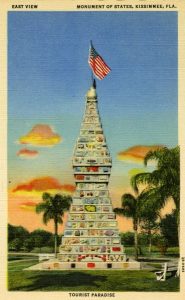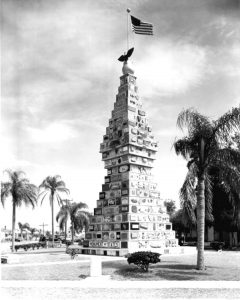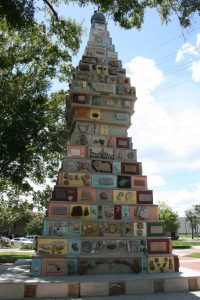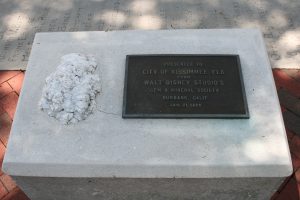Book Review: Your Sheep are all Counted South of the Border Billboards
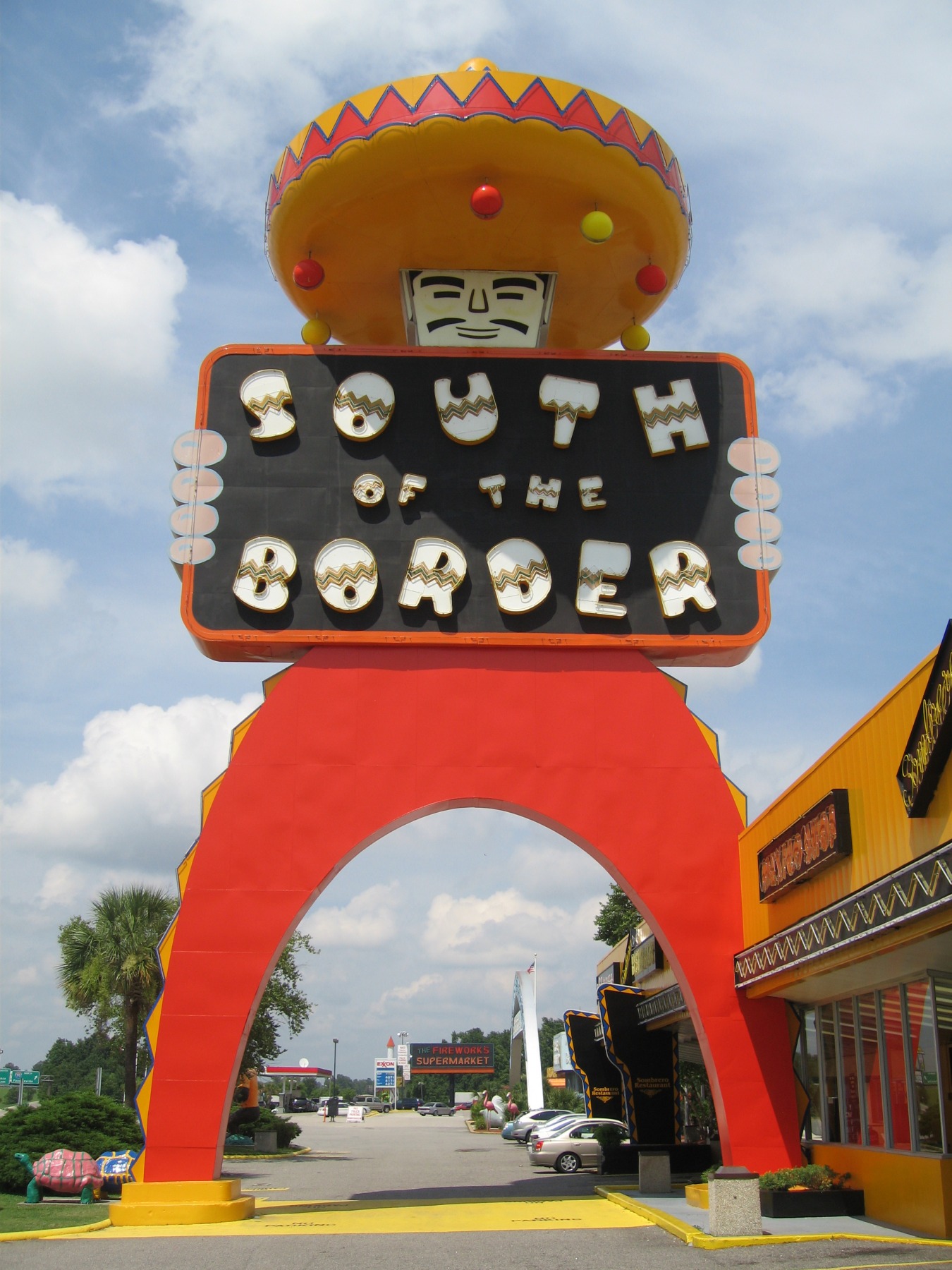
Capelotti, P.J. Your Sheep are all Counted: A Roadside Archaeology of South of the Border Billboards. Pelham, AL: Whitman Publishing, LLC, 2022. Foreword by Stephanie Stuckey. 266 pages, 253 pages of text, color photos, index, bibliography, ISBN 9780794849771, $29.95.
The road trip. It’s as American as well, a Stuckey’s pecan log roll. For travelers on US-301, now part of I-95, South of the Border was, and still is, a destination unto itself. Whether you were headed north or south, dozens of billboards bombarded your senses making it difficult to not stop at the Hamer, South Carolina attraction.
If the road weary family needed food, drinks (alcoholic or non), a hotel room, a campsite, gas, a place for the kids to run around and get some energy out, or maybe just a good laugh at the crass commercialism of the entire place, South of the Border made for the perfect stopping place.
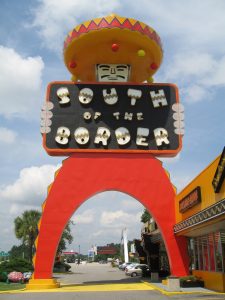
South of the Border was the brainchild of Alan Schafer, an entrepreneur with a mind for marketing that comes along only rarely. Schafer opened South of the Border in 1949 as a small outlet to sell beer in response to a ban on alcohol in Robeson County, North Carolina. Thus, the name “South of the Border.” The border of North and South Carolina.
Over the years the highway system around the business changed and South of the Border grew to fill the needs of travelers. Schafer added hotel rooms and camping sites, restaurants, souvenir shops, playgrounds, and more. Putting the attraction into perspective, Capelotti states, “At more than 1,200 acres, it is more than seven times the size of Walt Disney’s original Disneyland in Anaheim, California—a roadside empire built on a bottle of beer.” (Page 2)
In addition to the roadside attraction came the advertising, the focus of this book. In this excellent book, Capelotti presents the reader with a story of several hundred images of billboards that made South of the Border famous. These images have been captured from South of the Border archives, photos from the John Margolies collection at the Library of Congress, and finally searching for and photographing billboards still in the wild; an ordeal that is not without a bit of danger due to the increases in traffic.
In a forty-year career, John Margolies created what the Library of Congress calls “one of the most comprehensive documentary studies of vernacular commercial structures along main streets, byways, and highways throughout the United States in the twentieth century.” At nearly 12,000 slides, the collection is enormous in its depth and quality. You can read a bit more about the Margolies collection on the LoC blog.
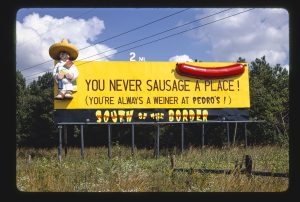
Capelotti puts forth that a reason for the success of South of the Border and for the billboard advertising is that Alan Schafer never allowed the business to be taken too seriously. The author points out that one of Schafer’s billboard trademarks was to make fun of himself, his products, and at times, his customers. An example provided is “He abbreviated South of the Border as S.O.B. and left the passing motorist to attach whatever meaning as might come to mind.” (Page 7)
The author breaks his book into chapters by billboard theme which works very well, allowing the reader to see the evolution of SOTB design. In short, but heavily illustrated chapters, Capelotti allows his reader to explore the evolution, and importance, of the billboard. As we are reminded, advertisers have only a few brief seconds to catch the attention of a driver speeding along the interstate. It is important for them to grab your attention and leave a lasting impression. South of the Border has been an expert at that for seventy years.
The billboards went through various theme changes such as a black background, a yellow background, the use of sombreros and serapes, and changes to the beloved mascot, Pedro, who evolved in appearance throughout the years but continues to make appearances. While there were changes, there has been a consistency as well. The use of bright colors, a familiar and repetitive font style, a heavy reliance on puns (often with double entendre), Pedro, and the famous mileage counter. This mileage counter made sure travelers could not miss the attraction.
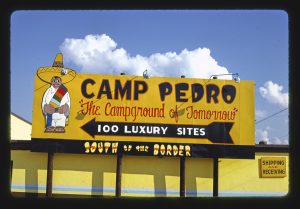
Shafer was known for his word play with a great example pitting north versus south. An early example started life as “Southern Cookin’, Yankee Prices” playing on stereotypes of Southern speech and Yankee cheapness. When this slogan finally made it to the public sight it had been toned down a bit to “Southern Cookin’, Yankee Style.” The point was still driven home, and if you didn’t get it, the use of both Union and Confederate flags would reinforce the meaning. In one billboard that was still fighting the Civil War, a clearly nervous Pedro, in full Mexican regalia, stands to the left looking at the flags out of the corner of his eye with a concerned smile. (page 57)
This is a fun book, but one also with historical importance. The billboard has evolved and is now often the home of competing legal firms (For the People). Electronic billboards make what was never meant to be permanent, even more fleeting. South of the Border has a nostalgic feeling for anybody who traveled south (to an extent north, but mostly south), along the east coast of America. Those road trips to Florida would not have been the same without South of the Border. Both the book and the attraction are recommended!
For those interested in even more history of this cultural icon; the American Road Trip, I recommend the following titles:
Don’t Make Me Pull Over! An Informal History of the Family Road Trip See my review here.
Ratay offers “an amiable guide…fun and informative” (New York Newsday) that “goes down like a cold lemonade on a hot summer’s day” (The Wall Street Journal). In hundreds of amusing ways, he reminds us of what once made the Great American Family Road Trip so great, including twenty-foot “land yachts,” oasis-like Holiday Inn “Holidomes,” “Smokey”-spotting Fuzzbusters, twenty-eight glorious flavors of Howard Johnson’s ice cream, and the thrill of finding a “good buddy” on the CB radio.
This post may contain affiliate links. If you click these links and make a purchase, I may receive a small commission. This commission does not affect any price that you pay. All views and opinions provided are my own and are never influenced by affiliate programs or sponsors providing products.





